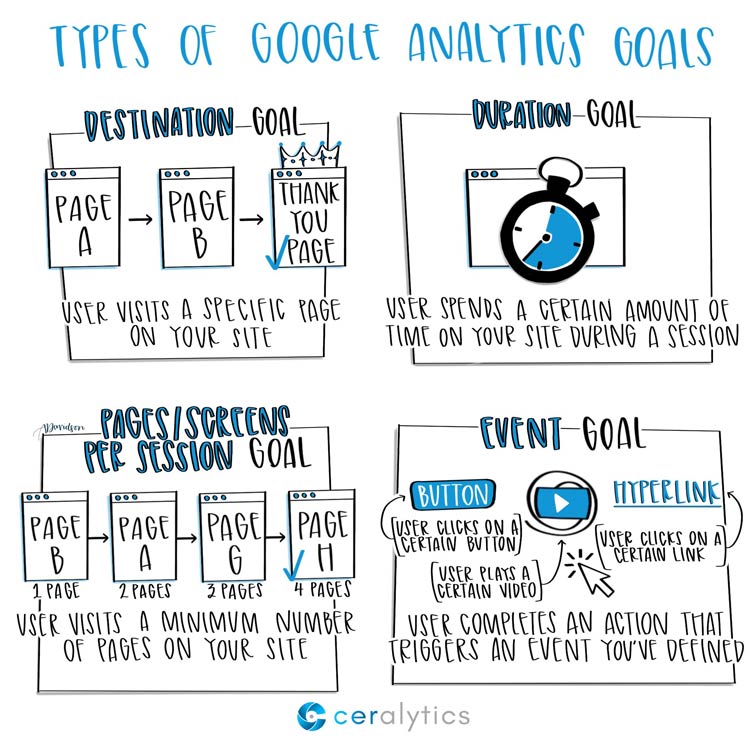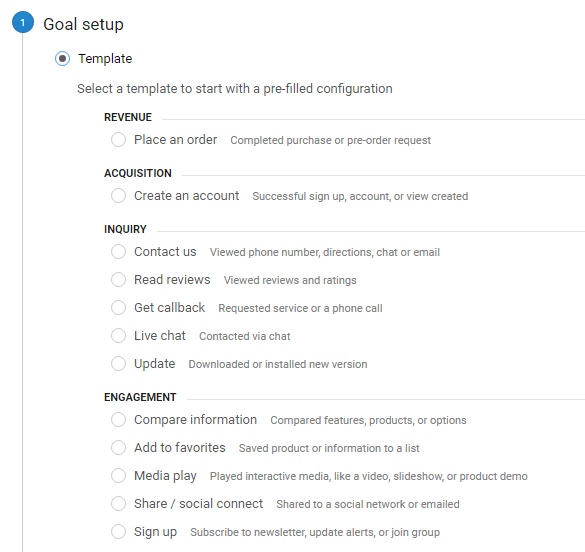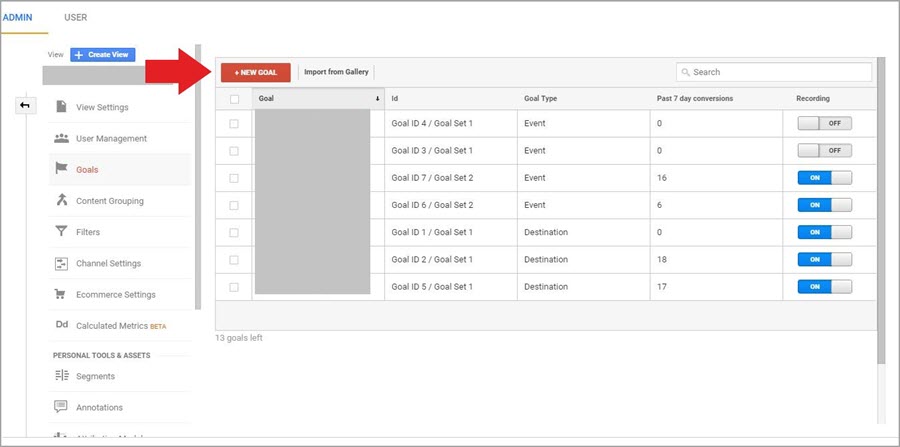Introducing the Blind Destinations: Understanding What Google Analytics Goals Can not Determine
In the world of electronic analytics, Google Analytics stands as an effective device for monitoring and analyzing online individual interactions. In the middle of its durable abilities, there exist blind places that often evade dimension. what data is google analytics goals unable to track. Recognizing what Google Analytics objectives can not determine is vital for gaining a comprehensive sight of customer habits and interaction. As we delve right into the details of these blind areas, we reveal an intricate internet of uncharted regions that hold important insights right into individual activities and motivations, tough standard wisdom and shedding light on the limitations of our data-driven understanding.
Customer Behavior on External Operatings Systems
Recognizing just how individuals interact on outside platforms is vital for enhancing on the internet strategies. Exterior platforms, such as social media sites networks, recommendation internet sites, and on the internet forums, play a substantial role in driving web traffic to a company's web site. By analyzing user actions on these platforms, services can gain important understandings into the effectiveness of their marketing efforts and the choices of their target audience.
One secret facet of user actions on outside systems is the reference source. By tracking where the customers are coming from, services can recognize which platforms are driving the most traffic to their web site. This information can assist firms allocate their resources better, concentrating on the systems that generate the most effective results.

Offline Communications and conversions
Evaluating user actions on outside platforms gives useful insights right into on-line methods; however, taking into consideration offline conversions and interactions is equally critical for a detailed understanding of a business's overall efficiency. Offline conversions, such as in-store purchases or phone questions, play a significant duty in many organizations' success.

Attribution Beyond Last Click
When diving right into the world of digital advertising analytics, it ends up being necessary to look beyond the solitary touchpoint of the last click for an extra comprehensive understanding of attribution. While Google Analytics offers useful understandings right into user habits, depending exclusively on last-click acknowledgment can be restricting - what data is google analytics goals unable to track. Acknowledgment versions that surpass the last click use an extra nuanced sight of the consumer trip, considering all the touchpoints that lead to a conversion
Acknowledgment past the last click permits marketers to appoint credit rating to various communications along the conversion course, providing a more clear picture of the efficiency of different marketing networks. By checking out multi-touch attribution designs such as linear, time degeneration, or position-based acknowledgment, services can better assign their marketing budgets and maximize their methods for maximum influence.
Comprehending the impact of each touchpoint in the conversion process is essential for making informed choices and optimizing ROI. By embracing acknowledgment beyond the last click, companies can gain much deeper insights right into client actions and customize their marketing efforts more efficiently.
Cross-Device and Cross-Browser Tracking

Similarly, cross-browser tracking matches cross-device monitoring by recording user behavior as they change between various internet browsers. Understanding exactly how go to my site individuals connect with internet sites on various browsers can help marketing experts optimize their online experiences to ensure consistency and functionality across different platforms.
Qualitative Data and Individual Intent
Comprehending individual intent with qualitative information analysis is critical for creating targeted electronic advertising and marketing strategies that reverberate with the demands and preferences of the target market. Qualitative information offers understandings into the 'why' behind customer activities, clarifying inspirations, emotions, and preferences that quantitative information alone can not catch. By examining individual comments, comments, and communications, marketing experts can reveal useful details concerning individual intent, enabling them to tailor their messaging, content, and offerings to much better line up with what their audience is looking for.
Qualitative information also helps in recognizing the context in which individuals engage with a website or application. This contextual understanding allows visit the website marketing experts to develop more personalized and appropriate experiences, eventually driving greater interaction and conversion prices. By delving right into individual intent through qualitative information analysis, organizations can obtain a deeper understanding of their target audience, leading to extra efficient marketing methods that meet individuals' expectations and demands.
Conclusion
To conclude, Google Analytics goals have constraints in measuring individual actions on exterior systems, offline conversions, attribution past last click, cross-browser and cross-device tracking, and qualitative data connected to user intent. what data is google analytics goals unable to track. It is essential for companies to be conscious of these unseen areas in order to supplement their information evaluation with other tools and techniques to gain an extra extensive understanding of their target market and boost their overall digital advertising and marketing strategies
By examining customer habits on these systems, businesses can acquire useful understandings right into the effectiveness of their advertising efforts and the preferences of their target audience.
Examining customer actions on external platforms offers useful understandings right into online techniques; nevertheless, taking into consideration offline conversions and communications is similarly imperative for an extensive understanding of a business's overall performance.In digital advertising analytics, moving beyond last-click attribution to explore cross-device and cross-browser tracking is important for obtaining a holistic understanding of user communications throughout numerous systems and gadgets. By examining individual responses, remarks, and communications, marketing experts can reveal beneficial details regarding individual intent, allowing them to customize their messaging, content, and offerings to better line up with what their target market is looking for.
By delving into user intent with qualitative data analysis, businesses can gain a much deeper understanding of their target audience, leading to a anonymous lot more efficient marketing methods that satisfy individuals' needs and assumptions.